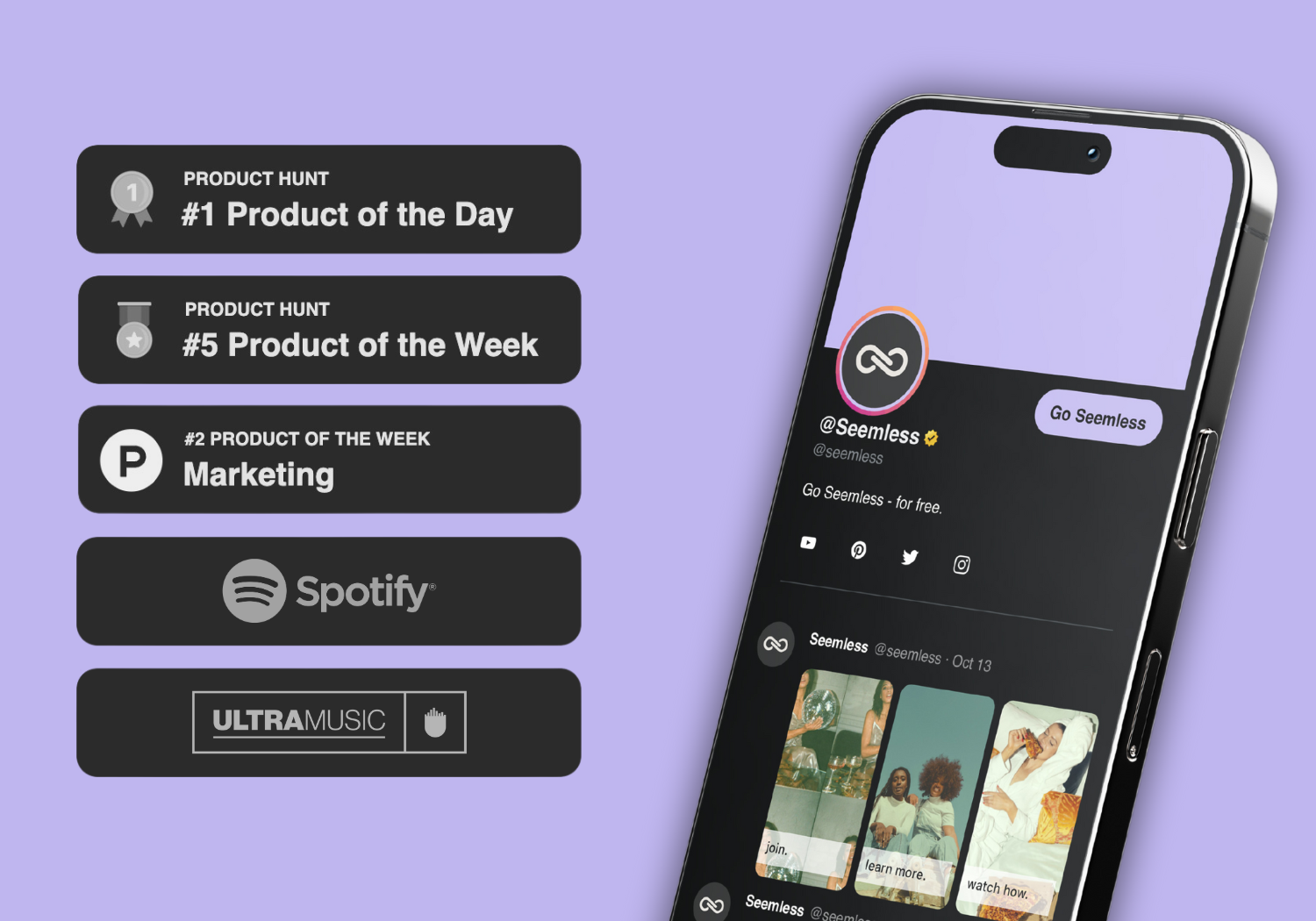Instagram was launched in October 2010 by Kevin Systrom and Mike Krieger, initially as a simple photo-sharing application. The platform was designed to allow users to take pictures, apply filters, and share them with their friends. The concept was inspired by Systrom’s love for photography and his desire to create a social network that emphasized visual content.
This rapid adoption was fueled by its user-friendly interface and the novelty of applying filters to enhance photos, which appealed to both amateur and professional photographers alike. In April 2012, Facebook acquired Instagram for approximately $1 billion in cash and stock, a move that underscored the platform’s potential in the social media landscape.
At the time of the acquisition, Instagram had around 30 million users, a figure that highlighted its explosive growth since inception. The acquisition not only provided Instagram with the resources to expand its features and capabilities but also integrated it into Facebook’s vast ecosystem, allowing for cross-promotion and user engagement across both platforms. This strategic move set the stage for Instagram’s evolution from a simple photo-sharing app to a multifaceted social media platform that would redefine how users interact with visual content.
Key Takeaways
- Instagram was founded in 2010 by Kevin Systrom and Mike Krieger, and was initially known as a platform for sharing photos with artistic filters.
- Instagram reached 1 million users within 2 months of its launch, and was acquired by Facebook in 2012 for billion, marking a significant milestone in its growth.
- Instagram’s rapid growth can be attributed to its user-friendly interface, strategic partnerships with celebrities and brands, and the introduction of new features like Stories and IGTV.
- User engagement and community building have been crucial to Instagram’s success, with features like likes, comments, and direct messaging fostering a sense of connection among users.
- Influencer marketing and partnerships with brands have played a key role in Instagram’s user acquisition strategy, with influencers helping to promote products and services to their followers.
The Growth of Instagram: Milestones and User Acquisition Strategies
Introduction and Early Growth
Instagram’s growth trajectory is marked by several key milestones that reflect its innovative approach to user acquisition and engagement. By 2013, the platform had surpassed 100 million active users, a significant leap that was driven by the introduction of new features such as video sharing and the ability to follow hashtags. These enhancements not only enriched the user experience but also encouraged more interaction among users, fostering a sense of community that was essential for retention.
Enhancements and New Features
The introduction of the Explore tab in 2015 further amplified this effect, allowing users to discover content tailored to their interests, thereby increasing the time spent on the app. Another pivotal moment in Instagram’s growth came with the launch of Stories in 2016, a feature that allowed users to share ephemeral content that would disappear after 24 hours. This innovation was a direct response to the popularity of Snapchat and demonstrated Instagram’s agility in adapting to market trends.
Impact and Market Leadership
The Stories feature quickly became a favorite among users, leading to over 500 million daily active users engaging with it by 2019. This shift not only solidified Instagram’s position as a leader in social media but also attracted brands looking to leverage this new format for marketing purposes.
Sustained Relevance in a Changing Landscape
The combination of innovative features and strategic marketing initiatives has been instrumental in Instagram’s ability to maintain its relevance in an ever-evolving digital landscape. By continuously adapting to user preferences and market trends, Instagram has managed to stay ahead of the curve, ensuring its continued growth and success in the competitive world of social media.
Lessons Learned from Instagram’s Rapid Growth

The rapid growth of Instagram offers several valuable lessons for businesses and entrepreneurs looking to navigate the digital landscape. One of the most significant takeaways is the importance of user experience. From its inception, Instagram prioritized a clean, intuitive interface that made it easy for users to share and discover content.
This focus on usability has been crucial in attracting and retaining users, demonstrating that a seamless experience can significantly impact user satisfaction and loyalty. Another lesson is the power of community building. Instagram’s success can be attributed not only to its features but also to its ability to foster connections among users.
By encouraging interaction through likes, comments, and shares, Instagram created an environment where users felt valued and engaged. This sense of community has been further enhanced by the platform’s emphasis on visual storytelling, allowing users to express themselves creatively while connecting with others who share similar interests. Brands can learn from this approach by prioritizing community engagement in their marketing strategies, creating spaces where customers feel heard and appreciated.
Understanding the Importance of User Engagement and Community Building
User engagement is at the heart of Instagram’s success, as it drives both retention and growth. The platform has consistently implemented features designed to enhance interaction among users, such as direct messaging, comments, and interactive stickers in Stories. These tools not only facilitate communication but also encourage users to spend more time on the app, deepening their connection with both the platform and other users.
For brands, understanding this dynamic is crucial; fostering engagement through authentic interactions can lead to increased brand loyalty and customer retention. Community building is another critical aspect of Instagram’s strategy. The platform has cultivated a diverse range of communities centered around various interests, from fashion and travel to fitness and food.
By providing users with the tools to connect over shared passions, Instagram has created an environment where individuals feel a sense of belonging. Brands can leverage this by identifying niche communities relevant to their products or services and engaging with them authentically. This approach not only enhances brand visibility but also fosters trust among potential customers who are more likely to engage with brands that resonate with their interests.
Leveraging Influencer Marketing and Partnerships for User Acquisition
Influencer marketing has emerged as a cornerstone of Instagram’s user acquisition strategy, allowing brands to tap into established audiences through trusted voices. Influencers—individuals with significant followings who have built credibility within specific niches—offer brands an opportunity to reach potential customers in an authentic manner. By collaborating with influencers who align with their values and target demographics, brands can effectively amplify their message while benefiting from the influencer’s established rapport with their audience.
The success of influencer marketing on Instagram can be attributed to several factors. First, influencers often create content that resonates deeply with their followers, making endorsements feel more genuine than traditional advertising methods. Second, the visual nature of Instagram allows influencers to showcase products in creative ways that highlight their benefits and uses.
For example, beauty influencers often demonstrate makeup products through tutorials or before-and-after comparisons, providing tangible evidence of effectiveness. Brands can maximize their impact by selecting influencers whose aesthetics align with their own while ensuring that partnerships feel organic rather than forced.
The Role of Visual Content and Storytelling in Instagram’s Success

High-Quality Visuals: The Key to Success
Visual content is the lifeblood of Instagram; it is what differentiates the platform from other social media networks. The emphasis on high-quality images and videos has encouraged users to curate their feeds meticulously, leading to an aesthetically pleasing experience that attracts new users. Brands have recognized this trend and have adapted their marketing strategies accordingly by investing in professional photography and videography to create visually compelling content that captures attention.
The Art of Storytelling on Instagram
Storytelling is another critical element that has contributed to Instagram’s success. Users are drawn to narratives that evoke emotions or resonate with their experiences. Brands that effectively weave storytelling into their content can create deeper connections with their audience.
Effective Storytelling Strategies
For instance, travel brands often share user-generated content featuring real travelers’ experiences, showcasing not just destinations but also personal stories that inspire others to explore new places. By focusing on storytelling through visuals, brands can engage their audience on a more profound level, fostering loyalty and encouraging sharing.
The Impact of Mobile and Social Media Trends on Instagram’s Growth
The rise of mobile technology has played a pivotal role in shaping Instagram’s growth trajectory. As smartphones became ubiquitous, so did the demand for mobile-friendly applications that allow users to capture and share moments instantly. Instagram capitalized on this trend by offering a mobile-first experience that prioritized ease of use and accessibility.
The app’s design caters specifically to mobile devices, ensuring that users can engage with content seamlessly while on the go. Social media trends have also influenced Instagram’s evolution. The shift towards visual communication—driven by platforms like Snapchat—prompted Instagram to innovate continuously in order to remain competitive.
Features such as Stories and IGTV were introduced in response to changing user preferences for short-form video content and ephemeral sharing experiences. By staying attuned to these trends, Instagram has not only retained its existing user base but also attracted new users seeking dynamic ways to connect with others.
Applying Instagram’s Success to Marketing Strategies in the Digital Age
The lessons learned from Instagram’s success can be applied broadly across various marketing strategies in today’s digital landscape. First and foremost, businesses should prioritize creating visually appealing content that resonates with their target audience. High-quality images and videos are essential for capturing attention in an increasingly crowded online space where consumers are bombarded with information.
Moreover, brands should embrace community engagement as a core component of their marketing strategies. By fostering authentic connections with customers through social media interactions, businesses can build trust and loyalty over time. This approach not only enhances brand reputation but also encourages word-of-mouth referrals—a powerful driver of growth in the digital age.
Finally, leveraging influencer partnerships can significantly amplify brand reach and credibility. By collaborating with influencers who align with their values and target demographics, brands can tap into established audiences while benefiting from authentic endorsements that resonate with potential customers. In conclusion, Instagram’s journey from a simple photo-sharing app to a multifaceted social media powerhouse offers invaluable insights into user engagement, community building, visual storytelling, and influencer marketing—all essential elements for success in today’s digital marketing landscape.
In a related article discussing the effectiveness of different link-in-bio tools for marketers, Linktree vs. Carrd compares the features and benefits of these popular platforms. Just as marketers can learn valuable lessons from Instagram’s rapid growth to 1 million users, they can also gain insights into optimizing their social media presence through the use of link-in-bio tools. By understanding the strengths and weaknesses of platforms like Linktree and Carrd, marketers can better engage with their audience and drive traffic to their desired destinations.
FAQs
What is the significance of Instagram reaching 1 million users?
Instagram reaching 1 million users is significant because it demonstrates the platform’s rapid growth and popularity among users. It also signifies the potential for marketers to reach a large audience on the platform.
How long did it take Instagram to reach 1 million users?
It took Instagram just two months to reach 1 million users after its launch in October 2010.
What lessons can marketers learn from Instagram’s rapid growth?
Marketers can learn the importance of creating a visually appealing and user-friendly platform, as well as the power of leveraging social media influencers to promote their products or services.
How did Instagram’s user base continue to grow after reaching 1 million users?
Instagram’s user base continued to grow rapidly, reaching 10 million users by September 2011 and 100 million users by February 2013. This growth was fueled by the platform’s focus on visual content and its integration with other social media platforms.
What are some key strategies that marketers can use to leverage Instagram’s growth?
Marketers can leverage Instagram’s growth by creating high-quality visual content, engaging with their audience through comments and direct messages, collaborating with influencers, and utilizing Instagram’s advertising features to reach a larger audience.

